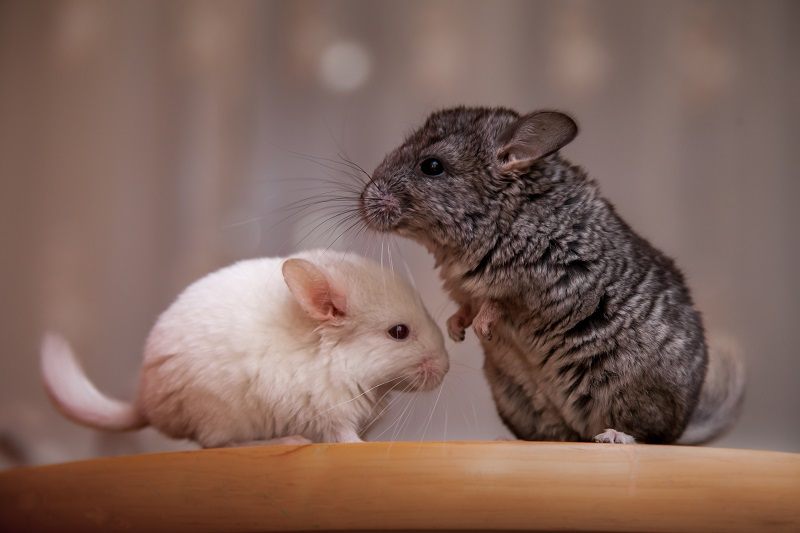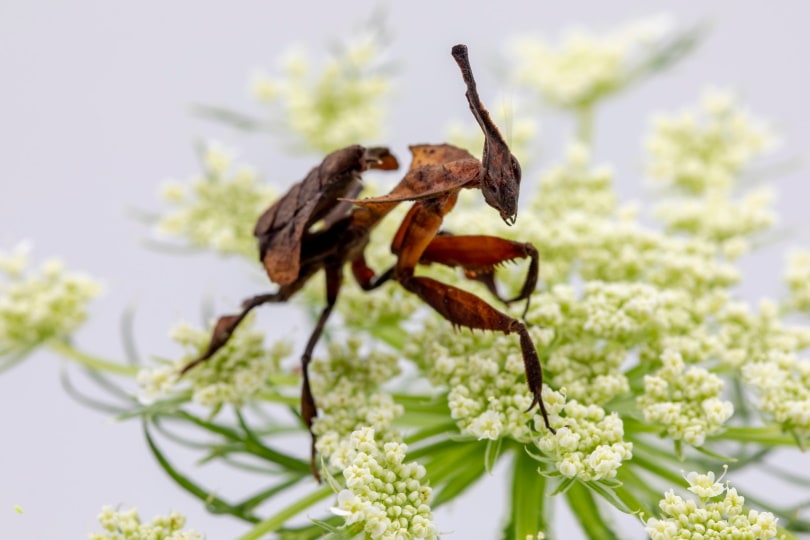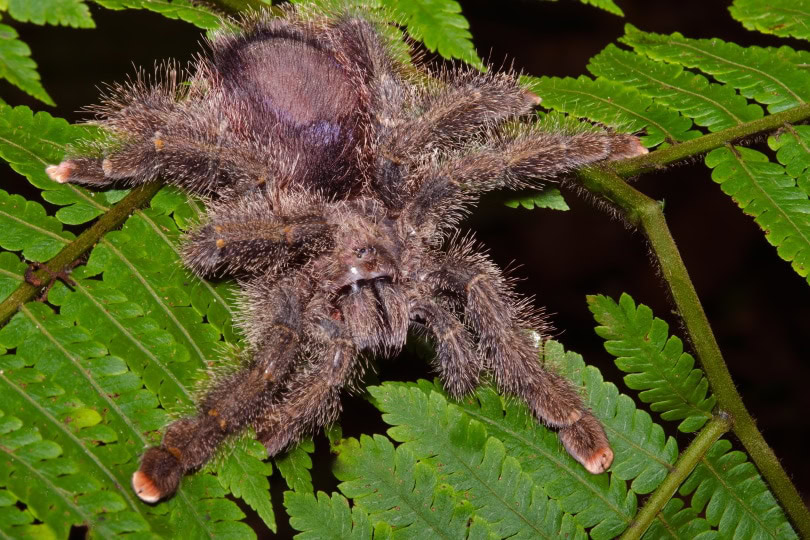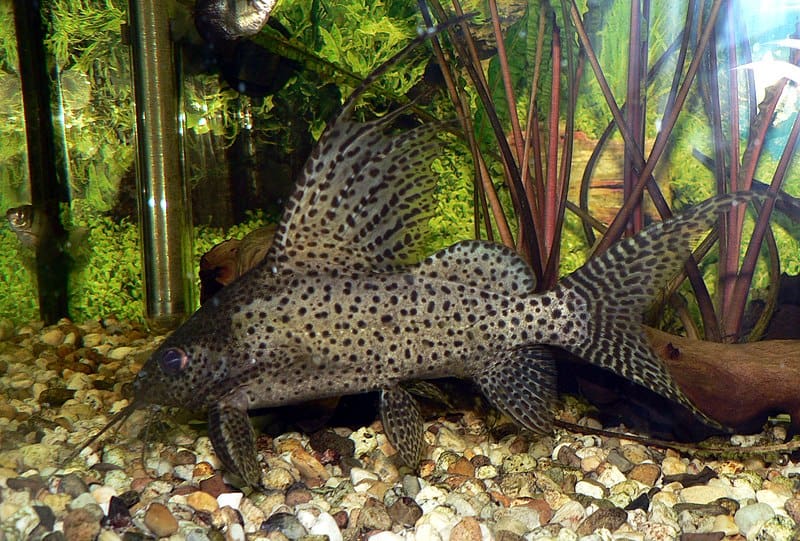Click to Skip Ahead
Chinchillas are small, nocturnal creatures that are quite active at night but quiet and restful throughout the day. Natives of South America, these cute little rodents like a routine. They want to eat at the same time, play at the same time, hunt at the same time, and sleep at the same time every day and night, if they can help it.
When handled from a young age, they easily become tame and tend to enjoy spending time around humans. That said, they do not show affection in the same way that the average dog or cat does. They will, however, sleep on their owners when being handled during the day, which can feel like snuggling. There are two different breeds of chinchillas and many different colors to choose from. Let us explore all the options below.

The Two Different Chinchilla Breeds
There are long-tailed chinchillas and short-tailed chinchillas. There are a few differences between the breeds that potential owners should be aware of before deciding exactly what type of chinchilla to adopt. Here is what you need to know:
The Long-Tailed Chinchilla
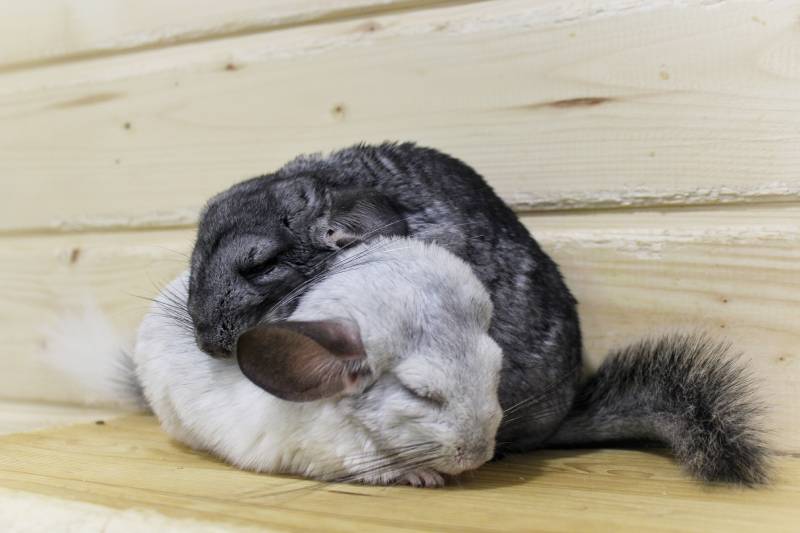
This chinchilla breed has thick, dense fur that is designed to keep them warm in colder climates. Yet, they do not seem to overheat in warmer climates, as they are found in places like Arizona. They have large dark eyes, big in-set ears, pouchy cheeks, and fleshy footpads. They also have weak claws, which make them safe for kids to be around.
Their agile legs make it easy for them to get around, allowing them to hop swiftly and stand up strongly. Long-tailed chinchillas grow to be between 9 and 14 inches in length as adults and typically have long, bushy tails that make them look cute and cuddly. These rodents can weigh up to a pound as adults.
Most long-tailed chinchillas in the wild can be found in the mountains throughout Chile today. They love the higher elevations and can happily live in places with elevations of up to about 16,000 feet. Long-tailed chinchillas mostly feed on vegetables, roots, moss, grass, and seeds. However, they are known to grub on things like bird eggs and insects from time to time.
This chinchilla species is used to living in huge packs of family members. It is not unheard of for these animals to live with hundreds of others at any time. Females are typically more dominant than males, and they can be aggressive toward each other, especially if they do not grow up together.

The Short-Tailed Chinchilla
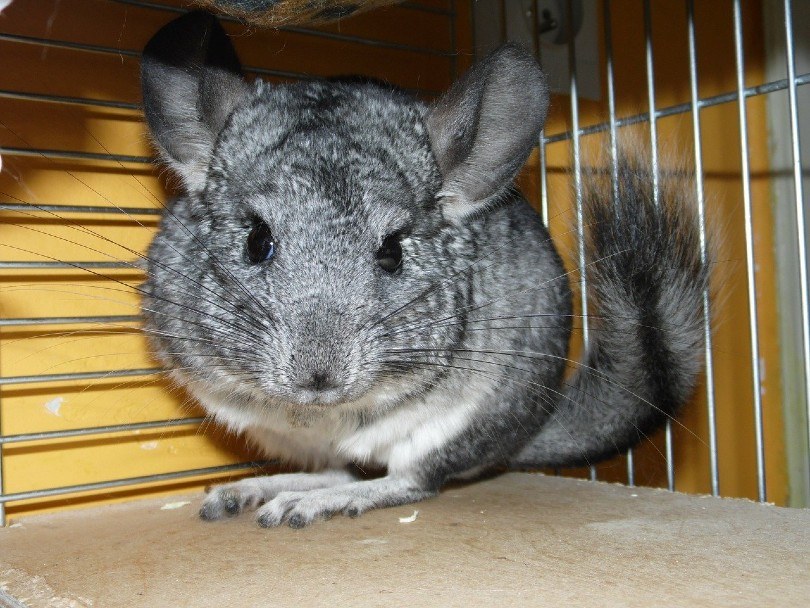
Also referred to as the Bolivian or Peruvian chinchilla, this rodent species is the short-tailed chinchilla in the United States. This breed of chinchilla is considered endangered, so you will not find them sitting around in pet stores. Their physical characteristics are quite like those of the long-tailed chinchilla, but they tend to have thicker shoulders and shorter tails.
They tend to burrow themselves underground to sleep and keep themselves protected from the outdoor elements during the harsh winter months. They can be found in the Andes mountains throughout Bolivia, Peru, Chile, and Argentina. Unfortunately, the short-tailed chinchilla is farmed for their fur because it is soft, luxurious, and dense, hence why they are endangered. This rodent’s native countries have made efforts to ban the farming of them internationally.

The 7 Different Colors
Both breeds of chinchillas come in a variety of different colors, seven to be exact. Here is what you should understand about each color variation before choosing a new chinchilla to call your own.
1. White
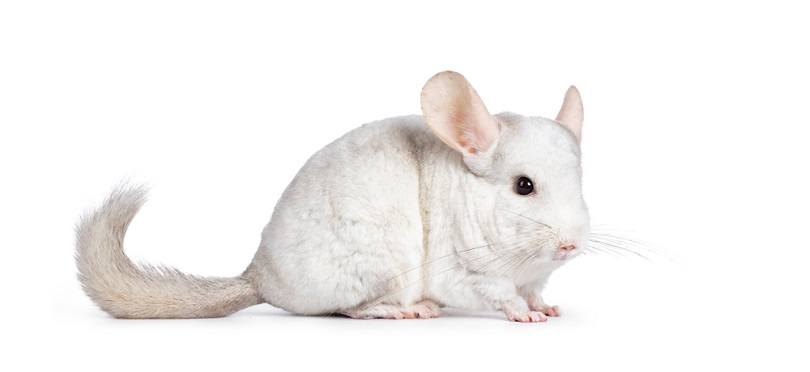
White chinchillas lack the genes necessary to produce color, although their ears may be darker in tone than the rest of their bodies. Truly white chinchillas do not have yellow or beige coloring. However, they may look like they have a silvery hue on the ends of their fur when the sunlight hits them. In general, you will not find anything but white fur on this rodent.
2. Black
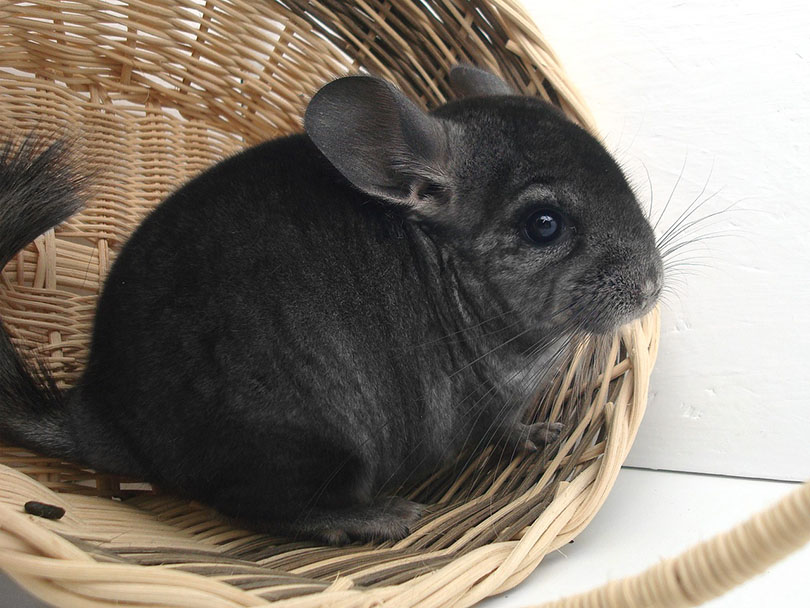
While mostly black, this color of chinchilla has lighter sides, sometimes even white. Their ears and mouths tend to be lighter, too. Many black chinchillas have white and black striped feet and small white patches on their bellies. But even from a close distance, these little rodents look almost completely black. The black chinchilla can be bred with lighter-colored chinchillas to create a baby that looks almost violet in color.
3. Beige
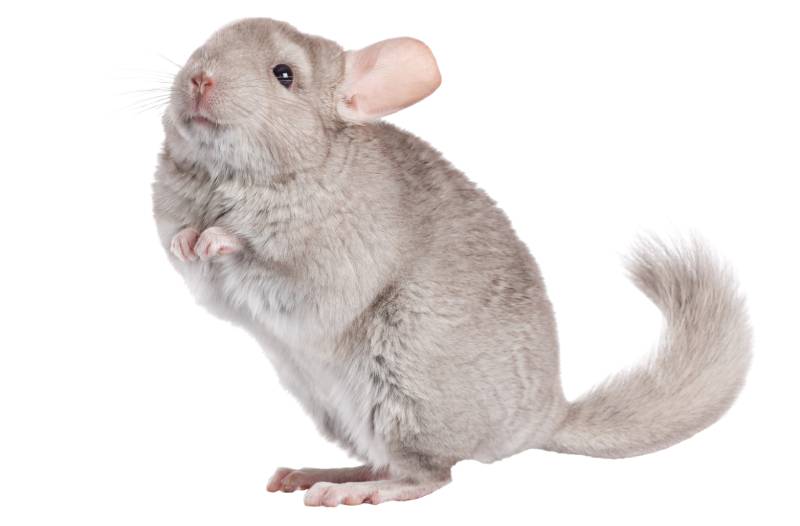
This color chinchilla looks more like the color of champagne than anything else. Their belly is usually brighter than the rest of the body, and their eyes look lighter than most other chinchillas. Some say that their eyes are a purple hue, while others think of them more as gray.
4. Purple

A violet gene combined with an ebony gene is what turns these brilliant chinchillas purple as they become adults. Their bellies are darker in color, usually gray. Violet chinchillas are not typically bred with one another because it could cause the expression of a recessive gene that makes the babies non-colored or health-challenged.
5. Brown
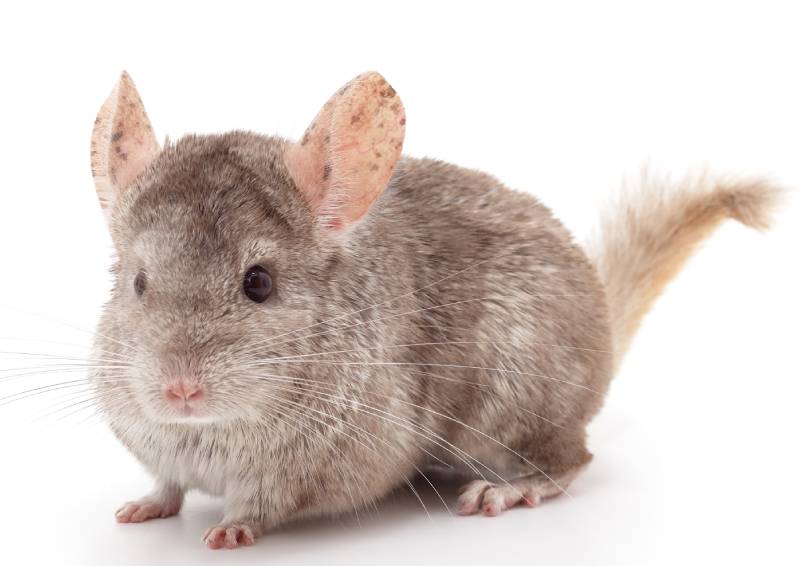
Brown chinchillas usually result from breeding black and beige parents together. They usually have white paws, mouths, and bellies, but the rest of their body looks velvety brown and soft.
6. Grey
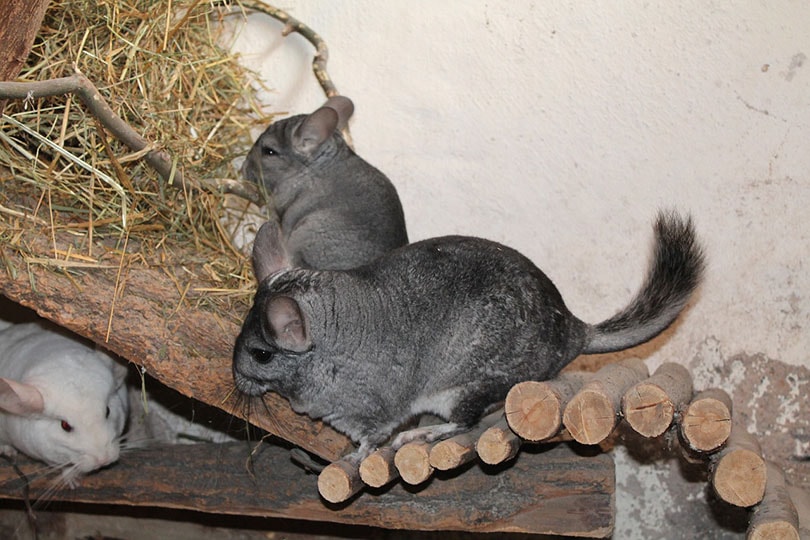
The grey chinchilla is all-natural. There is no breeding or human intervention to make sure that these animals turn out a beautiful blend of black and white that creates a deep gray hue. These chinchillas typically have white underbellies, like most others.
7. Pink
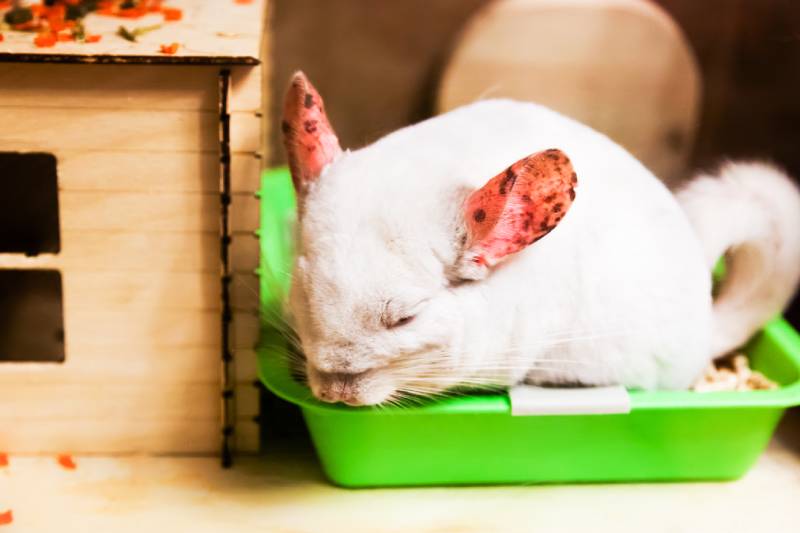
Truly, they should be called pink and white chinchillas. They have a white base coat with pinkish patterns running throughout. Their ears are typically pinkish at the tips, but they may need to be closely examined to see that. Many pink chinchillas can be mistaken for white chinchillas.
- Related Read: How Much Does It Cost to Own a Chinchilla?

Our Final Thoughts
There are many gorgeous chinchillas out there waiting to be part of a loving household that will pay attention to them and offer them the quiet, safe space that they need to sleep during the day. These are perfect pets for teenagers who have some time in the evenings to spend with them. Overall, they are easy pets to care for, no matter what type of family environment they grow up in. Are you preparing to adopt a chinchilla of your very own? If so, what type and what color?
Related reads:
- When Do Chinchillas Sleep, & How Much Sleep Do They Need?
- How Many Babies Do Chinchillas Have in a Litter?
- Where to Buy a Chinchilla? (Plus Overview of the Best Places)
Featured Image Credit: Luniaka Maria, Shutterstock
